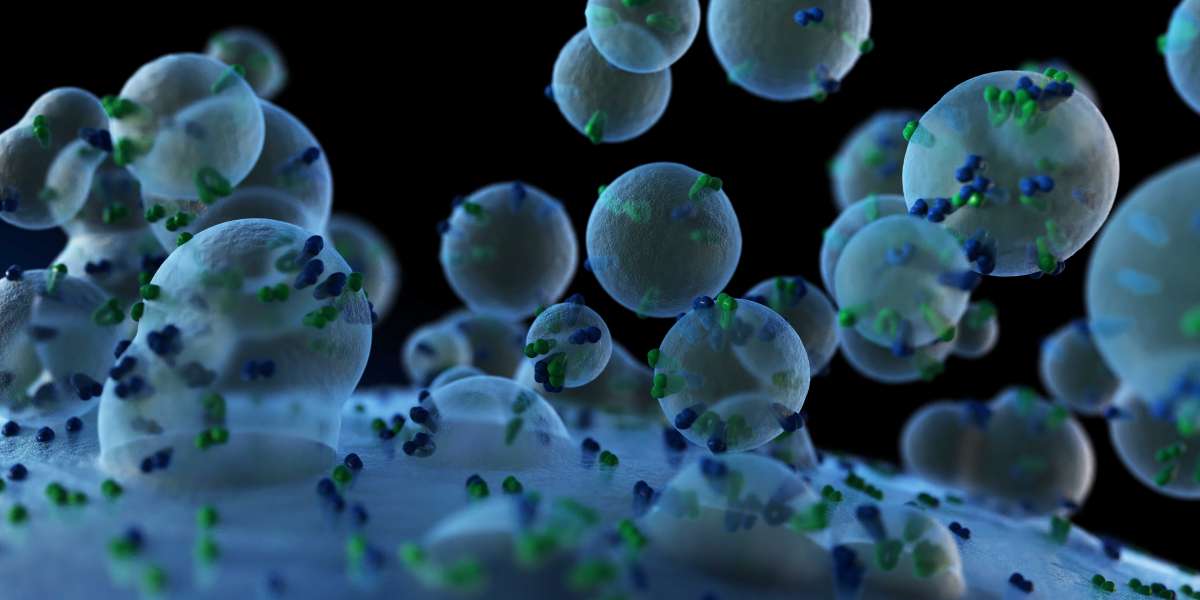Introduction to Single-Cell RNA Sequencing
Single-cell RNA sequencing (scRNA-seq) represents a groundbreaking advancement in genomic techniques, allowing researchers to detect and quantify messenger RNA (mRNA) molecules at the single-cell level. This capability is crucial for understanding cellular responses and the intricate dynamics of biological systems. Traditional RNA sequencing methods typically analyze bulk samples containing thousands to millions of cells, which can obscure the unique characteristics of individual cells. Since the pioneering scRNA-seq study in 2009, there has been a surge of interest and research in this field, primarily driven by specialized laboratories equipped with advanced wet-lab techniques, bioinformatics expertise, and computational resources.
The increasing commercial availability of scRNA-seq platforms, coupled with rapid advancements in bioinformatics methodologies, has democratized access to this powerful technology. Today, biomedical researchers and clinicians from various fields can leverage scRNA-seq to uncover novel insights into cellular behavior, disease mechanisms, and therapeutic responses.
Advantages and Applications of Single-Cell RNA Sequencing
One of the most significant advantages of scRNA-seq is its ability to compare individual cell transcriptomes, revealing transcriptional similarities and differences within heterogeneous cell populations. This capability has led to the discovery of previously unrecognized levels of cellular diversity, particularly in complex tissues such as embryonic and immune systems. For instance, scRNA-seq has been instrumental in identifying rare cell populations that might be overlooked in bulk analyses, such as malignant tumor cells hidden within a tumor mass or hyper-responsive immune cells in a seemingly uniform population.
The applications of scRNA-seq extend across various biological contexts. In cancer research, scRNA-seq can elucidate the heterogeneity of tumor cells, providing insights into tumor evolution, metastasis, and treatment resistance. In immunology, it enables the characterization of diverse T lymphocyte populations, each expressing unique T-cell receptors, which is vital for understanding immune responses and developing targeted therapies. Additionally, scRNA-seq is increasingly utilized in developmental biology to trace lineage relationships and developmental trajectories among heterogeneous cell states, such as during embryogenesis or tissue regeneration.
Moreover, scRNA-seq has proven invaluable in studying complex diseases, including neurodegenerative disorders, where it can help identify specific neuronal subtypes affected by disease processes. Its application in drug discovery and development is also gaining traction, as it allows researchers to assess how individual cells respond to therapeutic agents, thereby facilitating the identification of potential drug targets and biomarkers.
Methods and Technologies for Single-Cell RNA Sequencing
While many scRNA-seq studies have employed bespoke techniques tailored to specific research questions, most follow a standard methodological pipeline. The first and most critical step in conducting scRNA-seq is the efficient isolation of viable single cells from the tissue of interest. Recent innovations, such as single-nucleus RNA sequencing and split-pooling strategies based on combinatorial indexing, offer significant advantages over traditional methods. These approaches enable researchers to analyze fixed samples and reduce the need for expensive equipment, making scRNA-seq more accessible.
Once isolated, individual cells are lysed to extract RNA, with a focus on capturing as many mRNA molecules as possible. Poly(T)-primers are commonly employed to selectively amplify polyadenylated mRNA while minimizing the capture of ribosomal RNA, which is abundant but less informative. The extracted mRNA is then reverse-transcribed into complementary DNA (cDNA) using reverse transcriptase. This process often incorporates additional nucleotide sequences, such as adaptor sequences for next-generation sequencing (NGS), unique molecular identifiers (UMIs) to tag individual mRNA molecules, and sequences that retain information about the cellular origin of the transcripts.
Following reverse transcription, the cDNA is amplified through polymerase chain reaction (PCR) or, in some cases, through in vitro transcription, which may involve another round of reverse transcription. Some protocols also incorporate nucleotide barcode-tagging at this stage to preserve cellular origin information. The resulting amplified and tagged cDNA from each cell is pooled and sequenced using NGS technologies, employing library preparation methods and genomic alignment tools similar to those used in bulk RNA-seq studies.
In conclusion, single-cell RNA sequencing has revolutionized our understanding of cellular diversity and function, providing unprecedented insights into the complexities of biological systems. As technologies continue to evolve and become more accessible, scRNA-seq is poised to play an increasingly vital role in advancing biomedical research and clinical applications.

